Born of French colonial influence and nurtured through decades of resilience and reinvention, Vietnamese coffee has evolved into a culture of its own—layered, nuanced, and rich with stories. From the iconic iced milk coffee to inventive creations like egg coffee and yogurt brews, every cup reflects a nation’s soul—bitter, sweet, and always unforgettable.

Introduced by the French in the mid-19th century, coffee first arrived in Vietnam as a foreign crop. But like many things in this adaptable land, it took root in fertile soil and richer imagination. Through wars, scarcity, and cultural shifts, coffee has not only endured—it has become a symbol of everyday connection and national character.
In Vietnam, to say “let’s go for coffee” is never just about caffeine. It’s an invitation—to pause, to gather, to dream aloud in the company of friends or the quiet hum of a laptop. Whether sipped on a roadside stool or in a refined boutique café, coffee here is ritual, rhythm, and reflection.
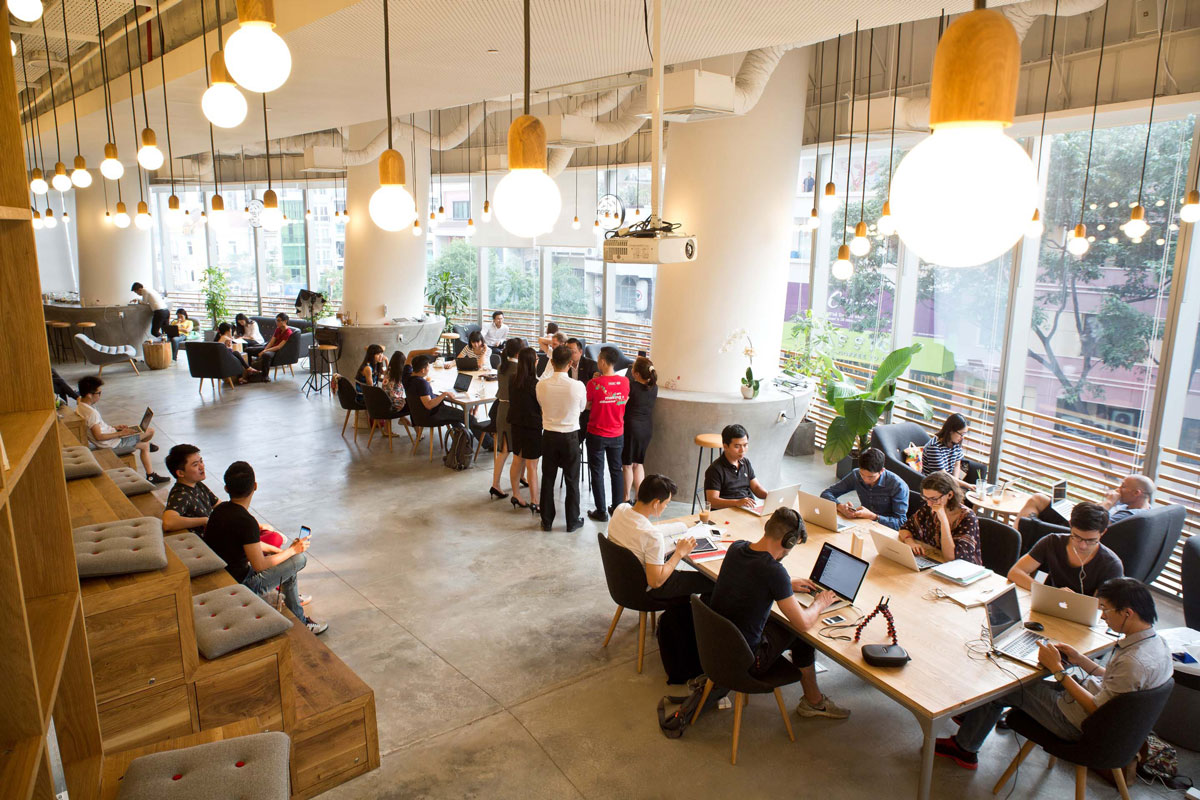
The Soul of the Bean: Vietnam’s Craft Coffee Awakening
Beyond the bold allure of cà phê sữa đá, a quieter revolution is taking root in Vietnam—one that speaks of terroir, tradition, and transformation. From the misty hills of Da Lat to the heart of Saigon’s vibrant districts, a new generation of roasters, farmers, and coffee storytellers are redefining what it means to drink—
and feel—Vietnamese coffee.
In the cradle of Southeast Asia, where motorbikes hum and streets perfume with the scent of strong brew and sweet condensed milk, something subtler is unfolding. A movement. A mission. A meticulous celebration of the bean.
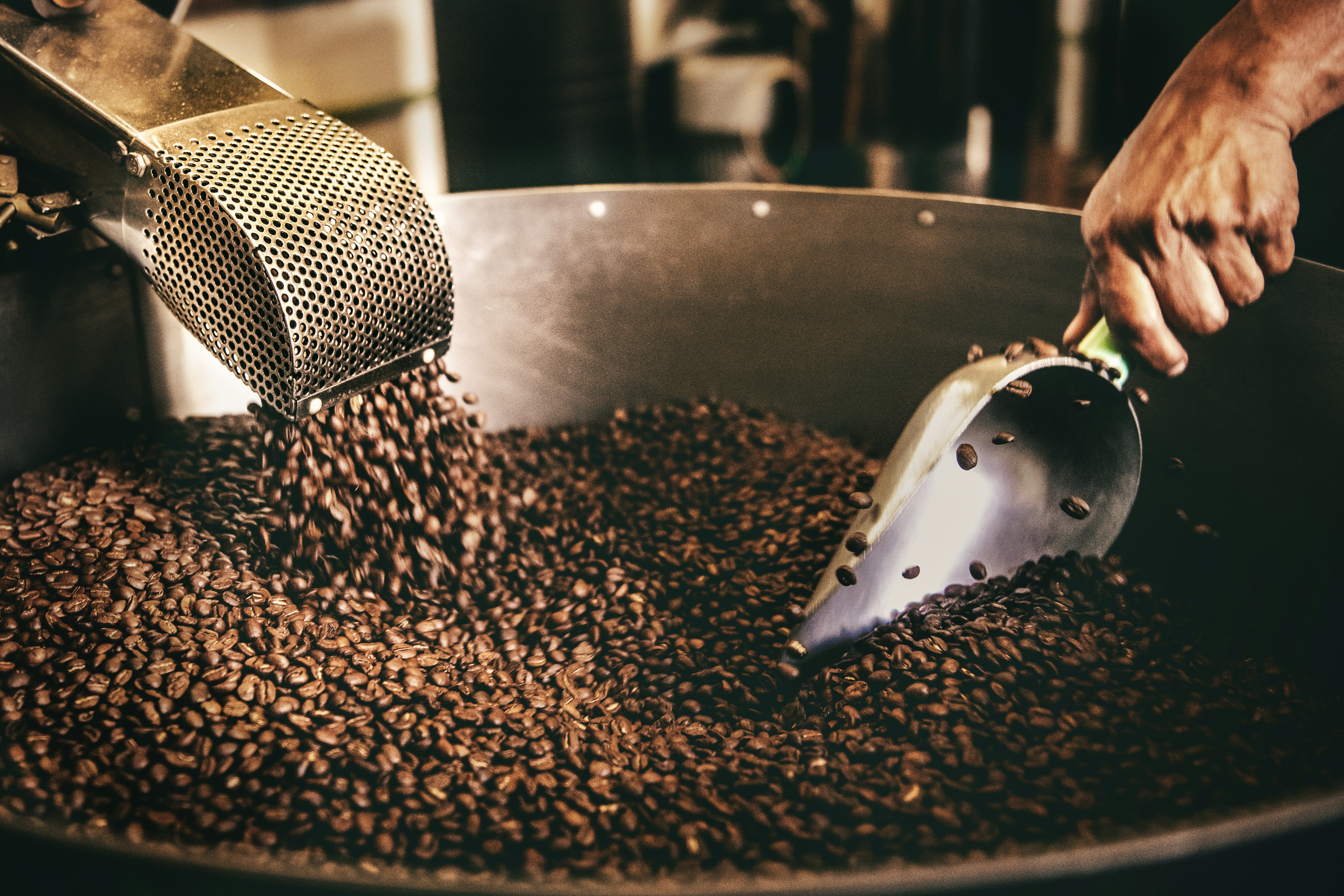
Vietnam, long ranked among the top coffee producers in the world, is now nurturing something far more profound than volume: value. What was once a land of mass-market Robusta is now becoming the canvas for a renaissance—a return to roots, with a refined twist.
Craft coffee, as defined by Jessica Easto in Craft Coffee, is a devotion—equal parts science and soul. It’s the farmer’s calloused hands, the roaster’s intuition, the barista’s quiet choreography. In Vietnam, this craft is being reimagined with unmistakable pride and local flavour.
Take Building Coffee, founded in 2016 by Will Frith and Kel Norman, a roastery-meets-laboratory in Ho Chi Minh City that has become the incubator for Vietnam’s specialty coffee scene. From beans sourced in Da Lat to blends that travel across Asia, Building Coffee represents the boundless spirit of local innovation, culminating in their flagship café BEL—a place where ideas percolate as much as espresso.
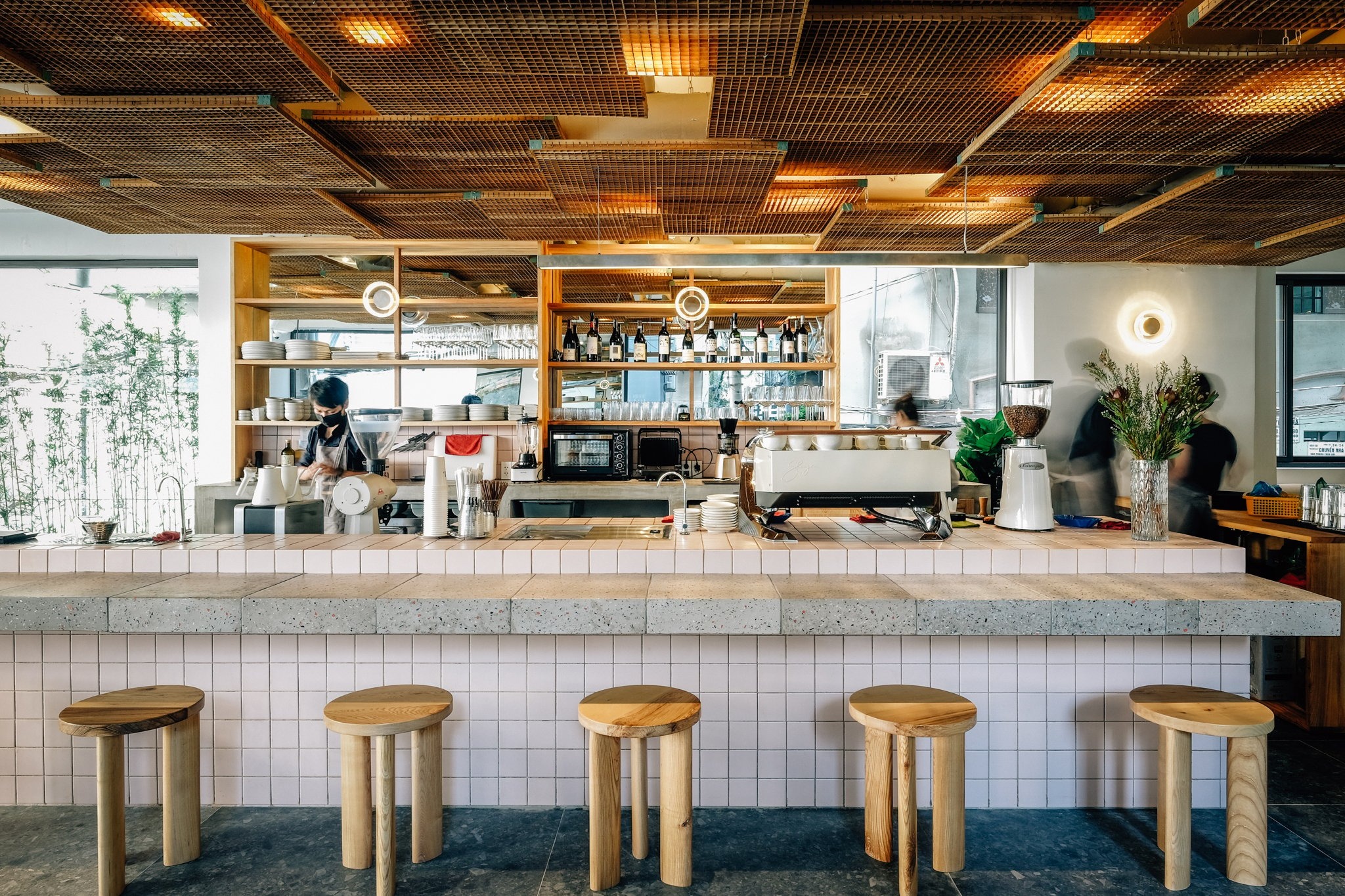
Then there’s Lacàph, a poetic love letter to Vietnamese terroir and tradition. With a commitment to uplifting farmers and co-creating stories through shared experiences, Lacàph transforms coffee into connection. Their “Saturday Sessions” blur the lines between consumer and creator, while their recent “Traditional” range is making waves in Vietnam’s hospitality landscape.
.jpg)
In the Central Highlands, Origin partners with K’Ho farmers, weaving Arabica and Robusta into blends that honour both land and legacy. From Lam Dong to Pleiku, Origin’s approach is rooted in cultural respect and meticulous sourcing—an echo of France-Vietnamese heritage, with the credentials to match.
And in Saigon, Phap Vo’s Saigon Coffee Roastery breathes life into old spaces with bold espresso, global beans, and Vietnamese warmth. Meanwhile, Bosgaurus Coffee, founded by Nguyen Canh Hung, dares to dream in Arabica. Hung’s “Arabica sữa đá” isn’t just a product—it’s a challenge to the world’s assumptions about Vietnamese coffee, and a testament to his belief in transparency, fair trade, and quality without compromise.
.jpg)
In Hanoi, cafés like Wheel Coffee and Atelier Coffee Roaster are pushing boundaries with flavour profiling, in-house roasting, and inventive menus—from salty-sweet bac siu to cloud-soft black sugar lattes. These are not just places to sip—they are sanctuaries for the curious.
What unites these pioneers isn’t simply their love of coffee it’s their reverence for process, place, and people. Craft coffee in Vietnam is less a trend and more a philosophy: small-batch, ethical, locally sourced, and deeply felt. It celebrates the nuanced differences in each cup, and the invisible thread that ties farmer to drinker. As third-wave culture continues to ripple across the country, Vietnamese coffee is no longer just about the iconic phin. It is becoming a symphony—brewed, shared, and savoured in countless variations. In every pour lies a story. In every café, a community. And in every sip, a revolution in flavour and thought—one that is elevating Vietnamese coffee to the world stage, not with fanfare, but with quiet, crafted grace.
Icons in the Cup: A Taste of Vietnam’s Coffee Spectrum
Vietnam’s coffee culture is as diverse and layered as the country’s landscape—steep highlands, bustling cities, and riverine deltas. Within this vibrant terrain lies a tapestry of signature coffee drinks that are not only rooted in tradition but constantly reborn through innovation. Each cup tells a story—of history, migration, taste, and identity. Here are the icons that define the Vietnamese coffee spectrum.
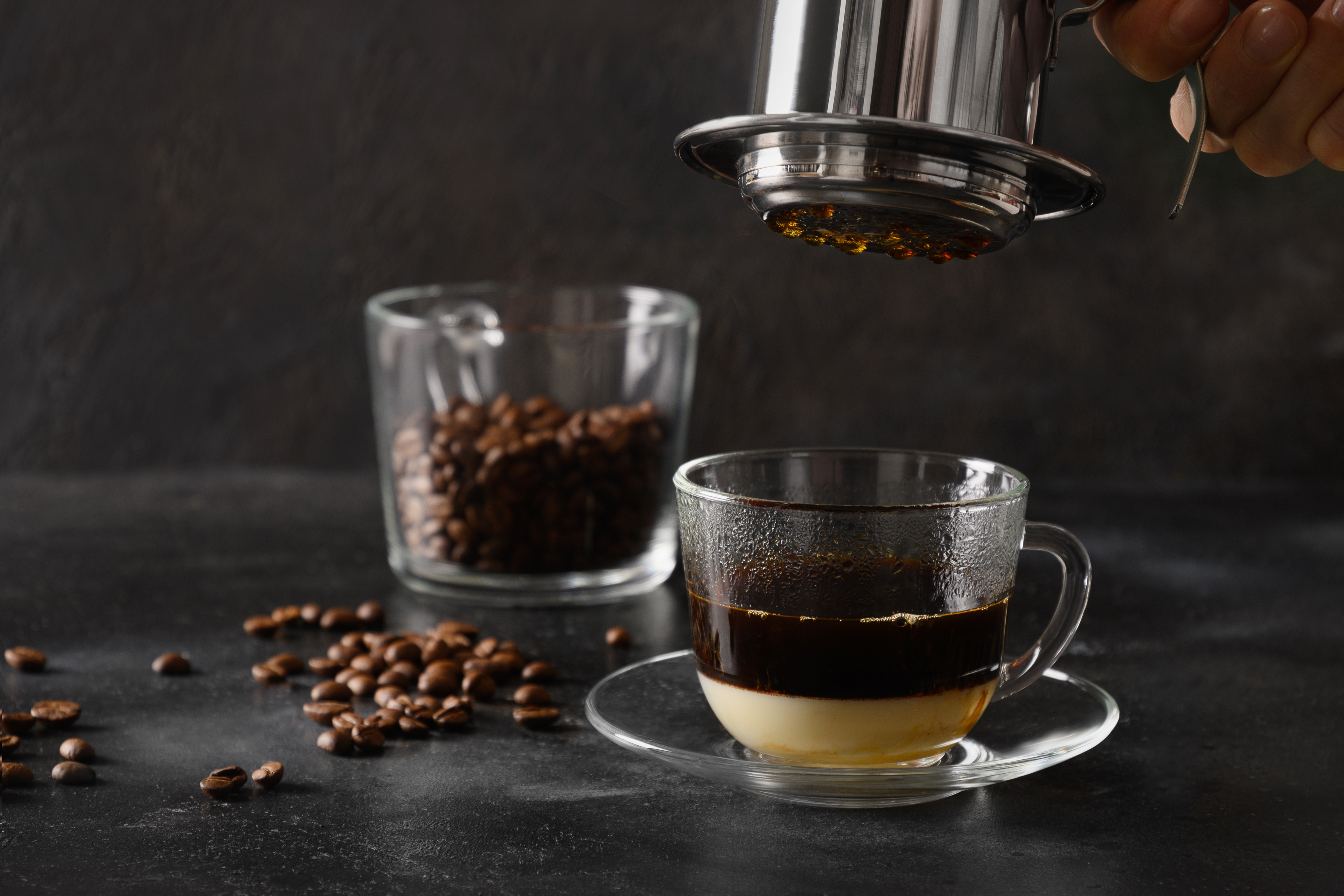
Cà Phê Sữa Đá – The National Classic
If there is one drink that encapsulates the heartbeat of Vietnam, it’s cà phê sữa đá. This iced milk coffee is made with strong, dark-roasted Robusta beans, drip-brewed through a traditional phin filter, and poured over a bed of sweetened condensed milk and ice. The result? A bold yet velvety blend of bitterness and sweetness, refreshing in the tropical heat and grounding in any season. More than a morning ritual, it is the social glue of Vietnam—a companion to conversations, reflection, and everyday rhythms. Found on street corners, luxury hotels, and global Vietnamese restaurants alike, it’s both heritage and habit in a glass.
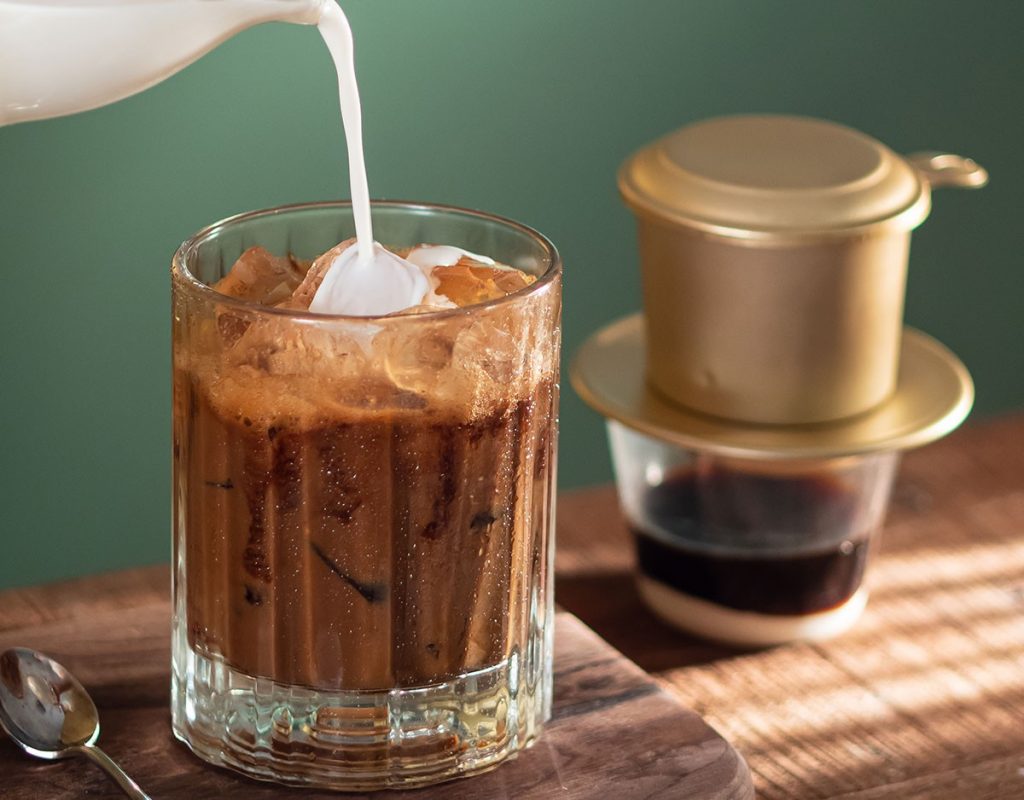
Bạc Xỉu – Three Cultures in Harmony
Born in the early 20th century in Saigon’s Chinatown (Chợ Lớn), bạc xỉu is more than just a gentler alternative to traditional coffee—it is a symbol of cultural fusion. The name is a transliteration of Cantonese, meaning “a white glass with a little coffee.” Designed originally for those who found regular cà phê sữa đá too strong—especially women and children—bạc xỉu reverses the ratio, using more milk and less coffee. The result is creamy, fragrant, and lightly caffeinated, perfect for a slow morning or late afternoon treat. Beneath its sweetness lies a blend of French technique, Vietnamese beans, and Chinese ingenuity—testament to Saigon’s melting pot heritage.
Cà Phê Muối – The Salty Surprise of Hue
Hailing from the former imperial city of Hue, cà phê muối is a surprising delight—a savoury-sweet innovation that plays with the palate. It begins with dark Robusta coffee layered over condensed milk, topped with a creamy foam infused with a hint of salt. Stirred together, the salt heightens the coffee’s depth, balances the sweetness, and lends a complexity reminiscent of salted caramel. It’s an experience that lingers—comforting yet intriguing. In a culture where contrast is revered—spicy and sour, sweet and bitter—cà phê muối is a harmonious addition, embodying Vietnam’s flair for culinary duality.
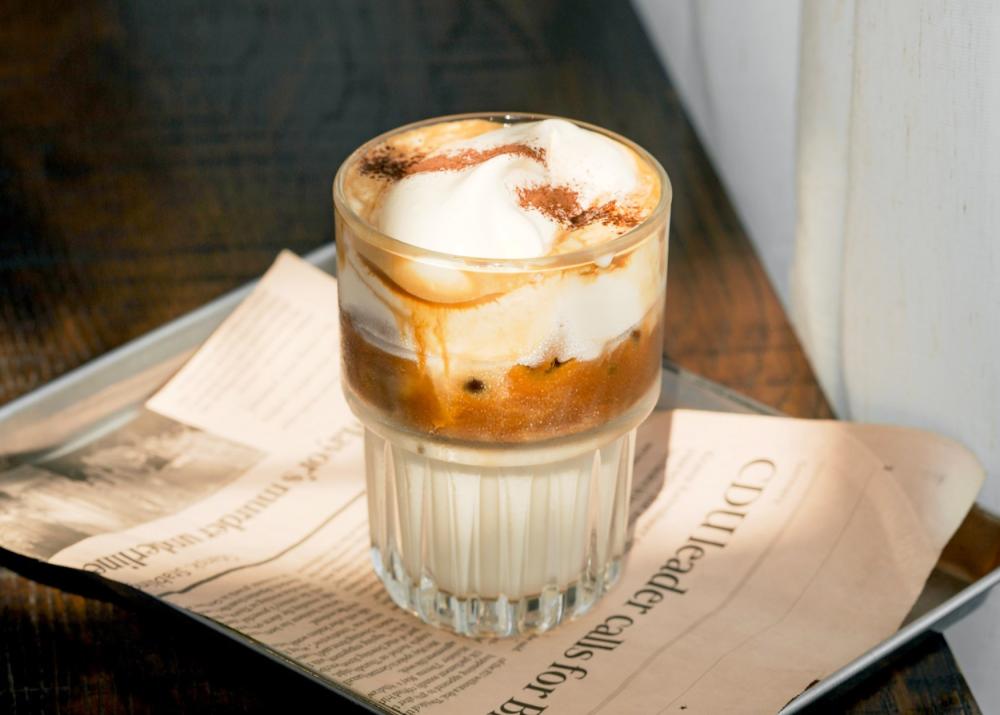
Cà Phê Dừa – A Tropical Reverie
Few drinks feel as indulgent—or as evocative—as cà phê dừa, or coconut coffee. This drink takes the deep aroma of Vietnamese coffee and swirls it into a frozen blend of coconut milk, condensed milk, and crushed ice. Sometimes topped with toasted coconut flakes or chocolate drizzle, it’s part coffee, part dessert, and all decadence. Its velvety texture and island-like sweetness make it a favourite for locals and travellers alike, especially in the heat of Saigon or the lazy afternoons of Hội An. Sipped slowly, it offers a gentle escape—each mouthful a brief tropical reverie.
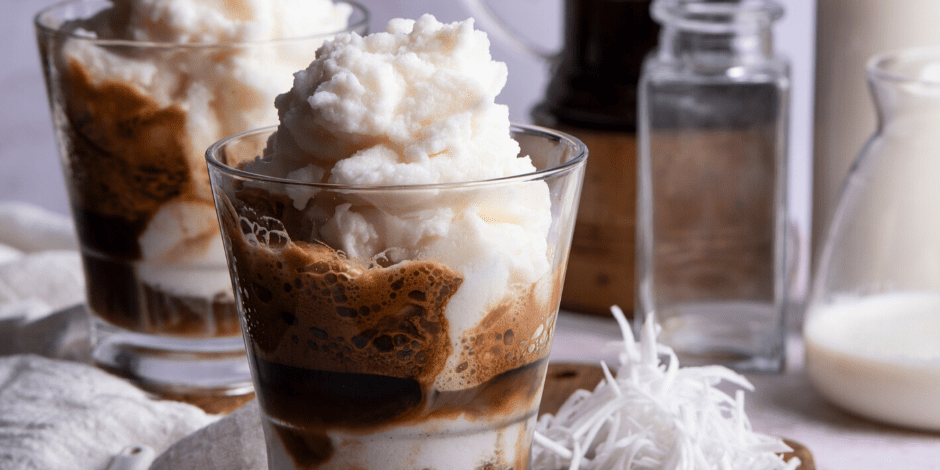
Cà Phê Trứng – Elegance Born of Necessity
In 1946, amidst a post-war milk shortage in Hanoi, a bartender named Nguyễn Văn Giảng whisked up a solution: a blend of egg yolk, sugar, and condensed milk, frothed into a luxurious cream and layered atop hot coffee. Thus, cà phê trứng—egg coffee—was born. Served in dainty porcelain cups and often kept warm in a bowl of hot water, it’s less a drink than an experience. Rich, custard-like, and aromatic, it evokes tiramisu or crème brûlée, while retaining the strong essence of coffee below. Once a wartime invention, today it is Hanoi’s proud signature—a delicate blend of resilience and refinement.
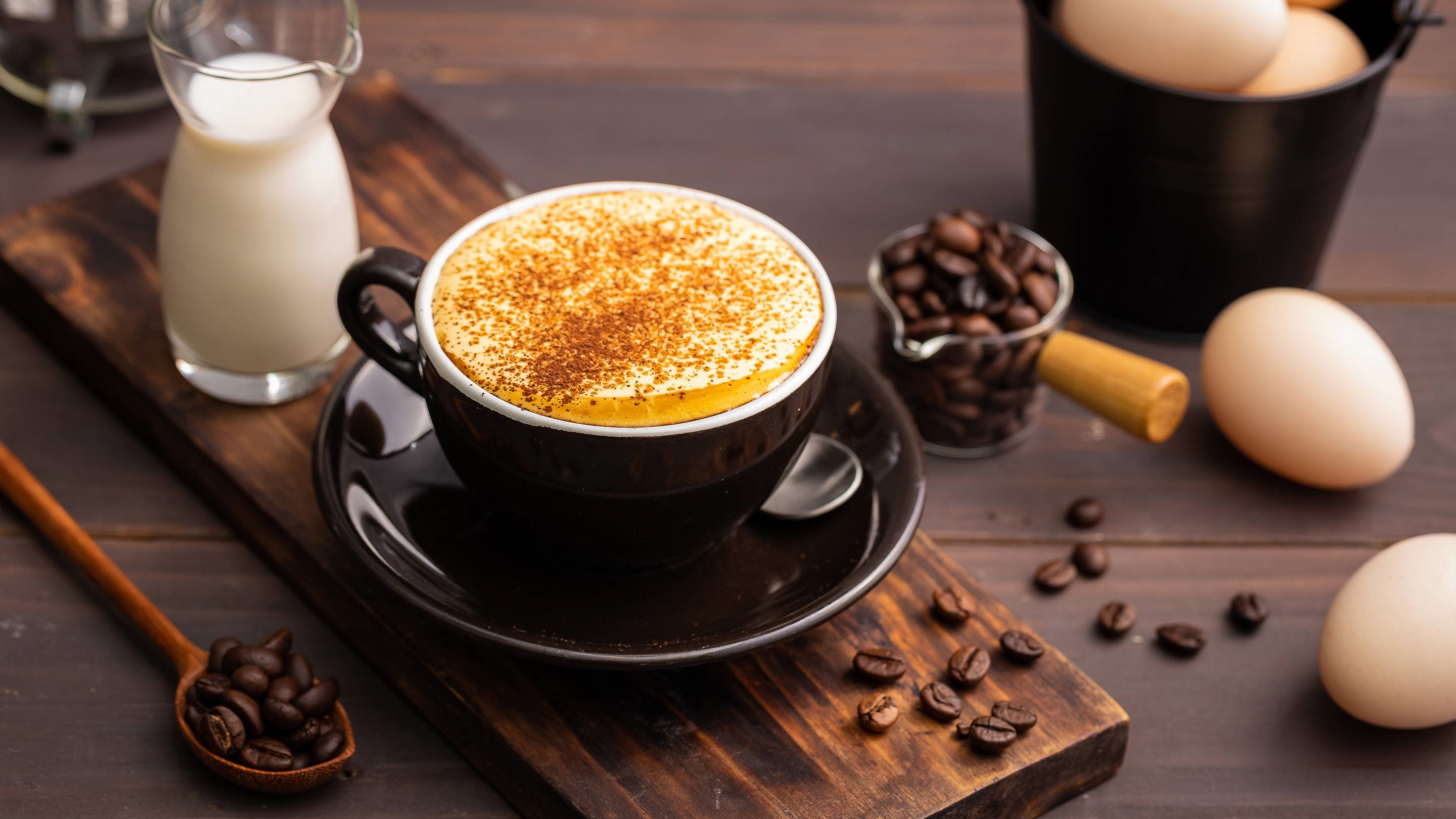
Cà Phê Sữa Chua – Summer’s Cooling Companion
A more recent addition to the Vietnamese coffee canon, cà phê sữa chua (yogurt coffee) is a playful, tangy twist born out of the country’s knack for culinary adaptation. During sweltering months, it provides both refreshment and nourishment. The tartness of yogurt meets the earthy bitterness of dark coffee, with coconut milk or fruit occasionally adding tropical flair. Served cold and often generously iced, it’s light, zesty, and surprisingly addictive. As a drink, it breaks the rules. As a concept, it affirms Vietnam’s inventive, “why not?” approach to food culture.

Together, these iconic drinks form a liquid lexicon—each word a flavour, each sentence a memory. They remind us that Vietnamese coffee is not just about what’s in the cup, but how it’s shared, shaped, and savoured. From the nostalgia of a Saigon street corner to the curated aesthetics of Hanoi’s boutique cafés, the country’s coffee culture is a living story—layered, lyrical, and always evolving.